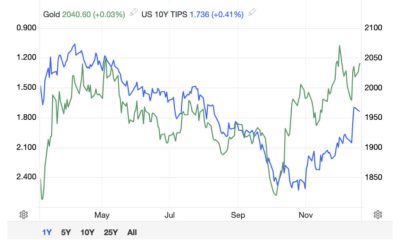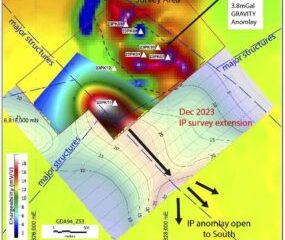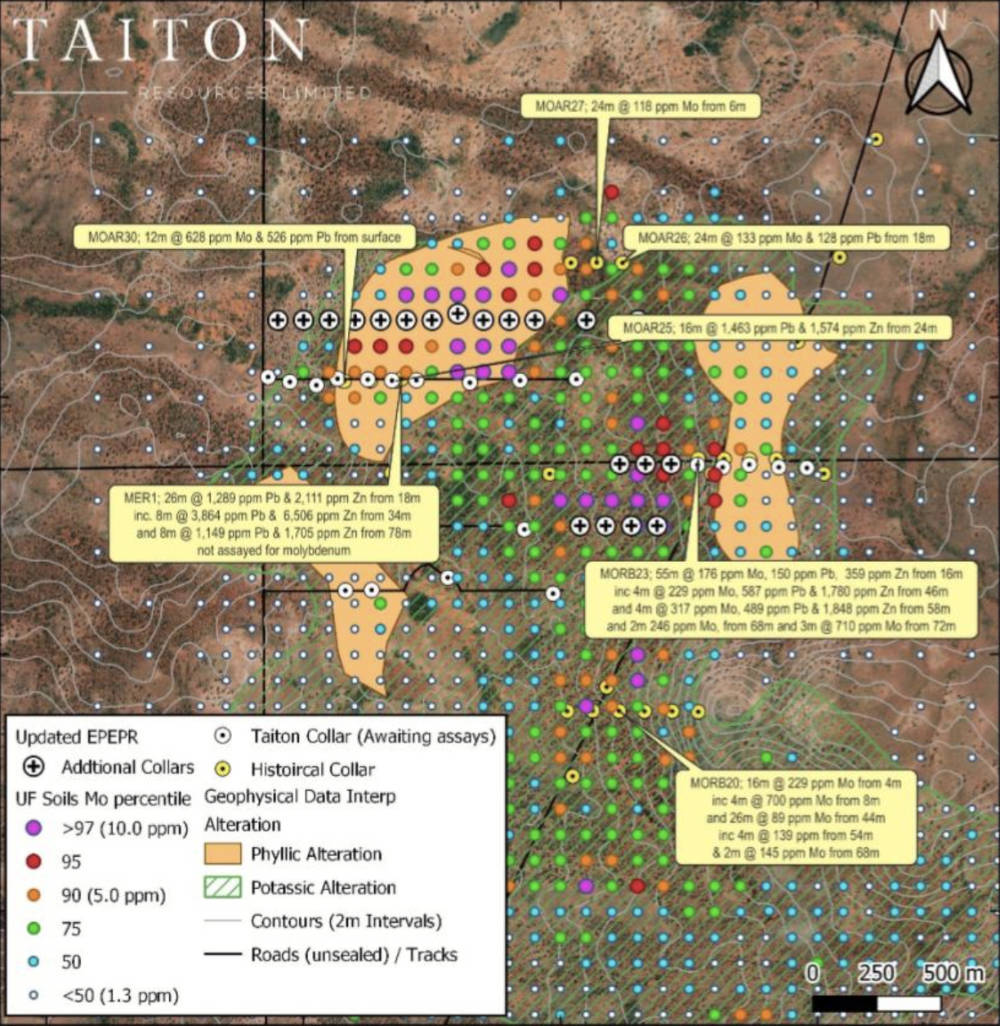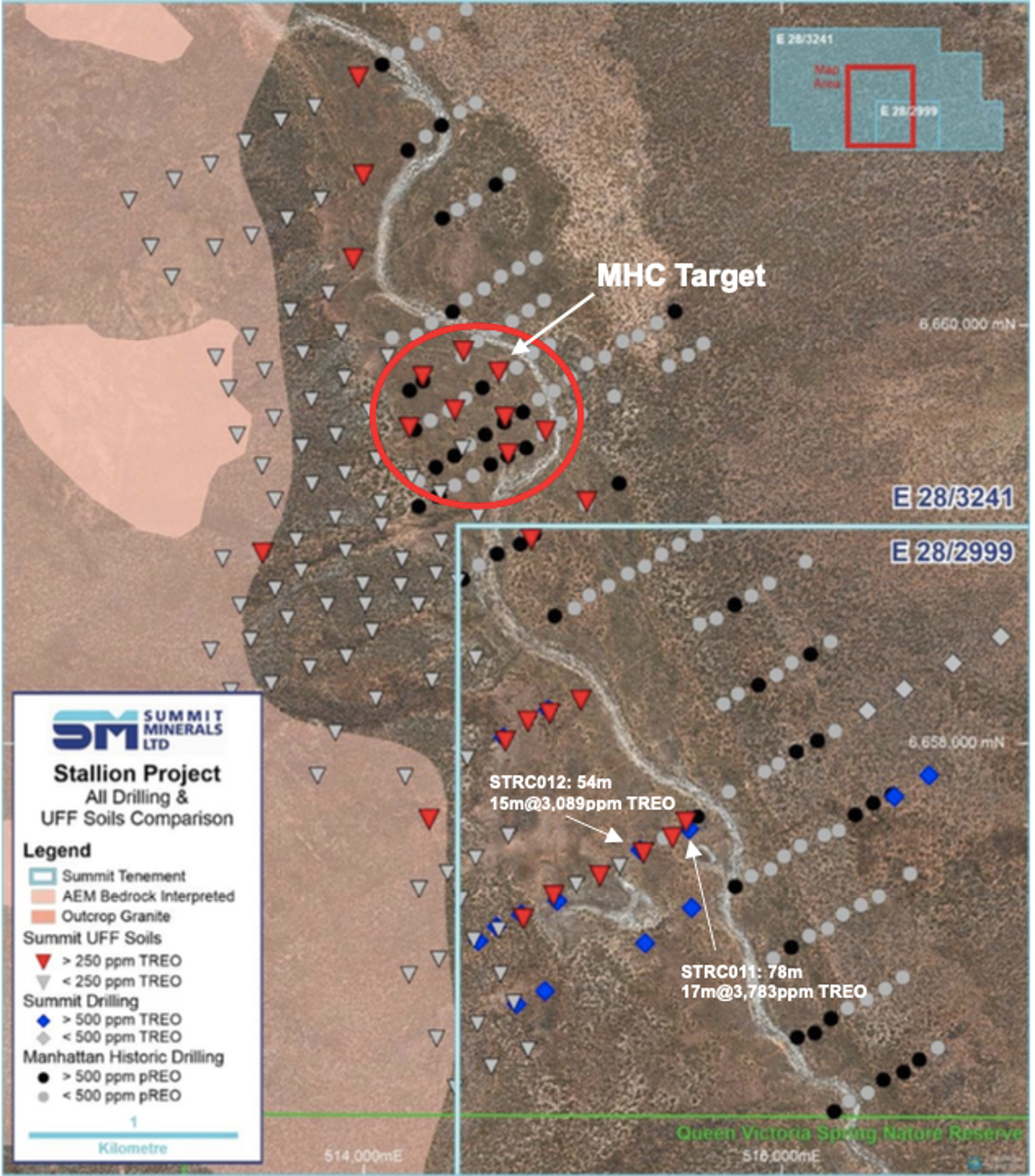Iron Ore
Equity markets are sour on iron ore juniors, but their potential customers are singing a different tune
Mark Creasy-backed CZR Resources is eyeing a potential magnetite development to feed the green steel supply chain. … Read More
The post Equity markets…
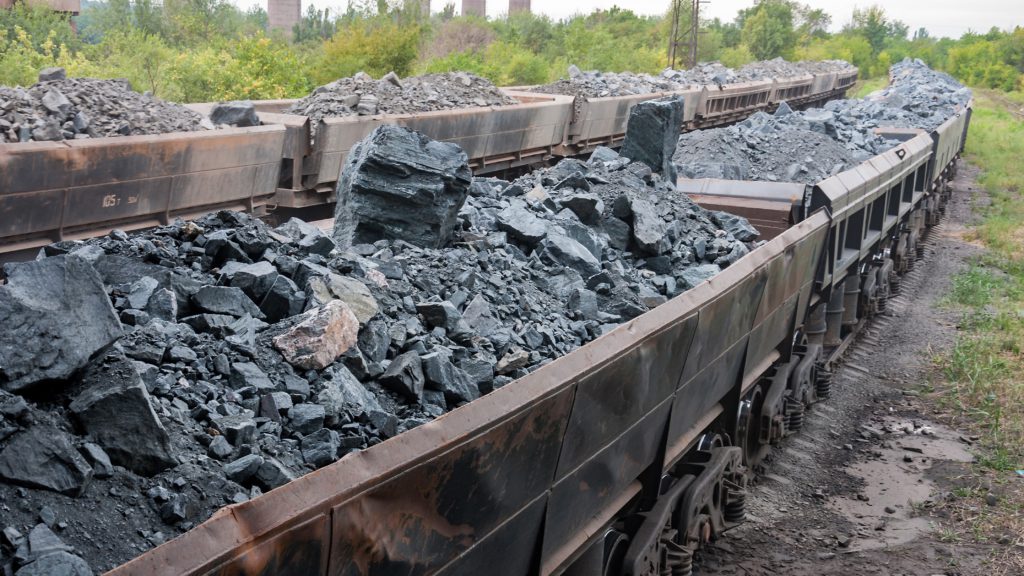
- CZR is eyeing a future market for green steel with potential magnetite development with exploration target at Ashburton magnetite
- Ashburton is located 50km south of WA’s largest magnetite producer in the Pilbara, Sino Iron
- Mark Creasy-backed explorer looking for strategic partner for massive undertaking
Go back two and a bit years and investors couldn’t get enough of iron ore juniors, enjoying the dizzying highs as prices surged to a record US$237/t.
Fast forward and only the majors, whose now astonishing cash war chests owe pretty much everything to the sudden surge in profitability they saw that year, and a handful of well-positioned mid-tiers really reaped the rewards.
Equity markets have since turned sour on iron ore companies.
Go down our Bulk Buys list and just 15 are in the green over the past 12 months despite iron ore prices sitting at historically high levels in excess of US$100/t.
26 are in the red, some as much as 80% or more.
Three of the biggest gainers are market bellwethers BHP (ASX:BHP), Rio Tinto (ASX:RIO) and Fortescue (ASX:FMG), while the most successful iron ore stock of the past year by share price gain, Hawthorn Resources (ASX:HAW), can actually count its spike in interest to a lithium exploration JV with Gina Rinehart’s Hancock Prospecting.
But is the market missing a trick?
The next cab off the rank when it comes to a new iron ore development could be Mark Creasy backed CZR Resources (ASX:CZR), down 45% in the past 12 months with a market cap of ~$35 million.
But it is just weeks from the release of a DFS on the 27Mt Robe Mesa iron ore deposit in the Pilbara, expected to produce a product akin to Rio’s low grade but low phosphorous Robe Valley Fines.
And MD Stefan Murphy says demand from customers tells a very different story to equity markets.
“Do I see the equity market and particularly at the retail end supporting new iron ore developments? Our share price would indicate no,” he told Stockhead
“Am I getting a lot of interest from steel mills and from offtakers wanting to fund the project’s development? Yeah, heaps. So there’s just that disconnect, which we need to explain to the market better.”
Saturation point?
Overall the steel demand outlook looks pretty cloudy. Rio’s CEO Jakob Stausholm told observers after a lunch in Melbourne this week the global demand centre China may have reached ‘saturation point’.
Prospects of it exceeding 2020 production levels of 1.065Bt look less likely by the day.
But Murphy said the overall demand picture did not account for nuances in the iron ore trade, where specific qualities and types of iron ore can see demand spike even when overall market conditions are poor.
“100% the property sector’s down, that’s putting pressure on demand for steel.
But it’s the environmental issues, which we saw back in 2021 as well, with environmental constraints that impacted the steel mills’ ability to produce anyway,” he said.
“We’ve got that sort of macro theme, but at the same time iron ore is still trading between that US$110 to $115/t spread at the moment … even with some of that negative news we’ve seen coming out today from China.
“But what’s really important with our product is when steel demand is low, steel mills have a focus on cost reduction as opposed to increasing production, because they’re not selling the steel.
“The spread between the 58 index and the 62 index tightens considerably, it’s currently only trading at about a 14% discount and you can see that in the pricing for products like (FMG’s) Super Special Fines, they’re trading at a really small discount to the 62 benchmark.”
Rio was drilling hard last year just over the tenement boundary at its Mesa F deposit. Its Robe Valley network has seen production fall from 30-33Mt a few years ago to around 25-26Mt, Murphy said.
It performs extremely well in sinter plants, something that will make CZR’s Robe Mesa attractive to steelmakers according to Murphy.
“The spread between the 58 index and the 62 index tightens considerably, it’s currently only trading at about a 14% discount and you can see that in the pricing for products like (FMG’s) Super Special Fines, they’re trading at a really small discount to the 62 benchmark,” he noted.
“There’s this huge interest in our products as a substitute for those more established brands.
“So from that perspective, and from those market participants, like your global offtakers and steel mills, they’re all really interested in the product and in particular because it has such low phos.”
Green steel agenda
But it’s not just the low grade end of the market CZR is looking at.
With Fortescue completing the development of its 22Mtpa Iron Bridge mine in the Pilbara this year at a cost of US$3.9 billion, the capacity of Australian companies to deliver new ultra high grade magnetite mines has come into sharper focus.
Iron Bridge has not been without its troubles, including cost blowouts and schedules delays. After the delivery of first concentrate last month, FMG plans to ship 7Mt this year, hitting its nameplate in 24 months.
Magnetite is lower in grade in the ground but unlike hematite, which typically grades around or below 62% Fe, can be beneficiated to grades upwards of 67% Fe.
Provided the concentrate is low in impurities, it can be turned into a pellet used in direct reduced iron plants, which have far lower CO2 emissions profiles than conventional blast furnaces.
Mostly run off gas today, they present as the best route known to produce so-called ‘green steel’, with a number of companies trialling methods to fuel and power DRI plants with hydrogen and renewables.
CZR took a tentative step into the emerging market yesterday, announcing a 450-880Mt exploration target at 24-30% Fe for its Ashburton magnetite deposit, an 11km long outcropping magnetite schist 20km north of Robe Mesa and 50km south of the largest magnetite operation in WA, the Chinese owned Sino Iron.
The exploration target builds on previous drilling from the latter stages of the last iron ore boom, before CZR’s focus shifted to Robe Mesa, Murphy said.
“What we’re really looking for here is something that can feed into DRI plants and that’s where you get the most benefit from a low carbon solution for steel production,” he said.
“There, you’re really looking at getting sort of sub-5% silica, around about that 67% Fe, and on the early work that’s been done from Ashburton, and we can see that the project can potentially produce up to those grades.
“When we compare it to some of the recent developments like Iron Bridge that’s in production now, the head grade’s very similar, the mass yields are very similar.
“So then it was a matter of just having a look, is the size of this going to be able to support a 20 to 30 year mine life generating +5Mtpa of concentrate, which is an ideal size for a steel mill or two steel mills.
“And the results show absolutely, the exploration target’s large, we’ve tried to be conservative, we haven’t pushed it down to the middle of the Earth, we’ve only gotten 200m below surface. And it’s based on actual drill data and met data and extensive geophysics.”
Action on the magnetite front
CZR is not alone in pursuing dreams of becoming a magnetite developer. There are a host of junior explorers focused on that end of the market, including companies like Hawsons Iron (ASX:HIO), Macarthur Minerals (ASX:MIO) and Magnetite Mines (ASX:MGT).
The biggest miners on the ASX — BHP and Rio — both produce magnetite overseas at their Samarco and IOC assets in Brazil and Canada, respectively.
However, they run the lowest cost iron ore businesses in the world in the Pilbara, and their focus has largely been on finding technical solutions to using lower grade ore in green steel rather than pursue magnetite developments in WA.
But other big dogs have shown a bit more interest.
Hancock is reviewing its long dormant Ridley project, while Mineral Resources (ASX:MIN) is looking into the method to extend the life of its Yilgarn assets in WA’s Goldfields.
CZR has initiated a strategic review process, with Murphy saying larger pockets would clearly be needed to back a magnetite development, given the higher costs and power requirements involved compared to the lower barriers to entry for hematite DSO operators.
“We’ve got a $35 million market cap — to develop a magnetite project requires a big partner, and we’ve seen that with Hancock investing in some projects in the Pilbara as well obviously, we all saw the cost blowouts that originally occurred with Iron Bridge,” he said.
“These type of projects really need a strategic partner with a decent balance sheet that can then fund this project through the feasibility study into production.
“So we wouldn’t be looking to do this alone. We’d be looking to ideally integrate this with a partner that can then use the concentrate and that’s really where we see more the value.
“We’ve seen that with the DSO project as well, the more we look to integrate with … offtakers or end users the more highly they value that production.”
CZR Resources (ASX:CZR) share price today:
The post Equity markets are sour on iron ore juniors, but their potential customers are singing a different tune appeared first on Stockhead.

3 Bargain Commodity Stocks to Ride the Wave of Global Energy Transition
The global focus on green energy does not mean that only renewable energy companies will benefit. There are several associated industries that are critical…
Taiton cleared to start second drill program over molybdenum anomaly at district scale Highway project, maiden assays ‘imminent’
Special Report: Taiton has the green light from South Australia’s Department of Mines and Energy to drill a significant molybdenum … Read More
The…
How big? Ultrafine soil sampling hints at the ‘size and scale’ of Summit’s Stallion rare earths project
Special Report: UltraFine+ soil analysis has confirmed more exploration upside to the north of Summit Minerals’ Stallion REE project in … Read More
The…







